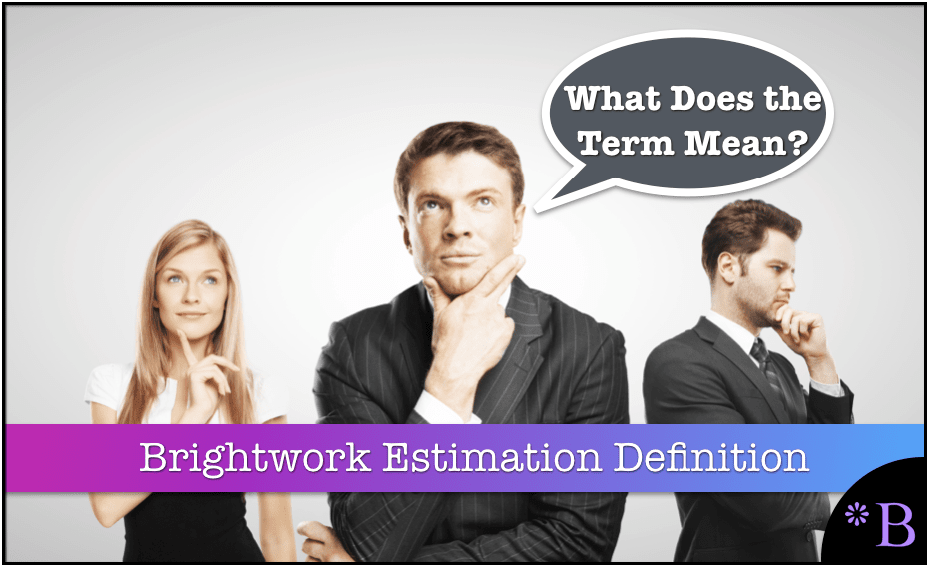Usage
Part of the Brightwork Research & Analysis enterprise software risk model, and a criterion of software measurement and part of the Software Selection Package.
Definition
Software vendors go through a lifecycle where they are small and innovative. They then tend to calcify and become more marketing and financially driven entities, while their development productivity drops significantly. At the end of their lifecycle, they may do almost no innovation and spend most of their energies in marketing, acquisitions, and bureaucracy. The current innovation level is essential for corporate buyers because enterprise software is a long-term commitment. Even SaaS application purchases, which hypothetically can be cancelled within a month, still have a significant lock-in, and costs for transferring to a new application, which is related to retraining, data migration, becoming comfortable with a new software vendor, etc. A buyer will typically use an enterprise application for at least seven years. The buyer will usually upgrade throughout the lifetime of the application’s usage.
Therefore, the buyer is buying not only the software in its present state but also in its future state. This rating provides the buyer with an idea of the future potential of the software vendor’s applications. While it states it in the title, this is the current level of innovation. It is not the historical level of innovation. As said, software vendors go through a lifecycle of innovation, where they are very innovative in the beginning, and less and less creative. The software vendor’s innovation level in previous years is not relevant to the predicted future innovation level of the software vendor.
